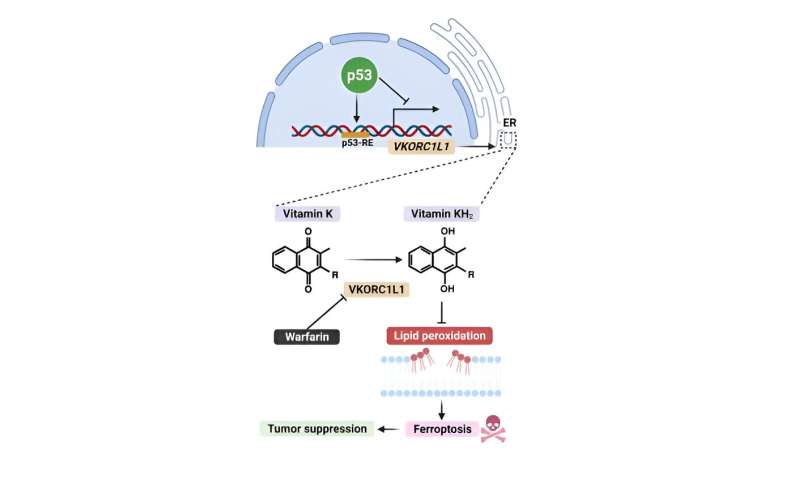Best of Last Week—A possible third human lineage, a way to trick ChatGPT, blood thinner as cancer treatment

It was a good week for historical research as a team of anthropologists and archaeologists from the University of Connecticut, the Smithsonian Institution, the Archaeological Society of Delaware, the University of Tennessee, and the University of Pennsylvania found DNA evidence at a Delaware site showing kinship between European settlers and African slaves. Also, a team of paleontologists at the Chinese Academy of Sciences, working with colleagues from Xi'an Jiaotong University, the University of York, the University of Chinese Academy of Sciences and the National Research Center on Human Evolution, discovered ancient remains that may have belonged to a third human lineage. And an international team of geologists and historians found that an arrowhead housed at the Bern History Museum was made using meteoritic iron—the finding suggested that more such artifacts may be housed at other facilities across Europe.
In technology news, a team of engineers at MIT created an energy-storing supercapacitor using ancient materials—cement and carbon black. And a combined team from Microsoft and CAS Institute of Software explored the effects of feeding emotional stimuli to large language models and found ways to improve their performance. Also, another combined team, this one with members from NVIDIA and the University of California, San Diego, developed a computer vision–based teleoperation system that can be applied to robots. And a team at Carnegie Mellon University found that it was not too difficult to trick large language models (such as ChatGPT) into providing prohibited responses—usually by adding certain suffixes.
In other news, a team of medical researchers from City of Hope, one of the largest cancer research and treatment organizations in the United States, developed a targeted chemotherapy that was able to kill all solid tumors in preclinical research. Also, a team of physicists in South Korea published two papers on the arXiv preprint server describing how they had created a room-temperature/ambient pressure superconductor—the papers have stirred both excitement and skepticism. And finally, a team of medical researchers at Columbia University found that a common blood thinner may double as cancer therapy. Known as warfarin, the drug was found to stops tumors from interfering with a self-destruct mechanism in mice.
© 2023 Science X Network